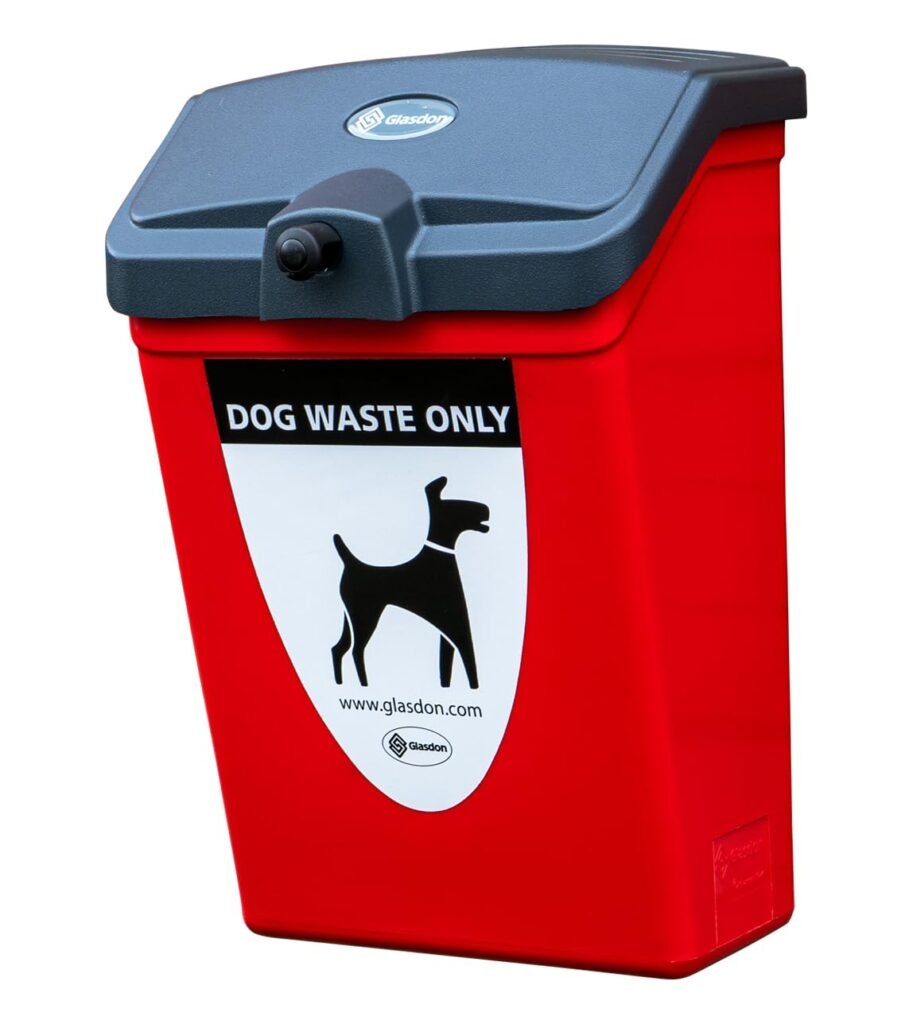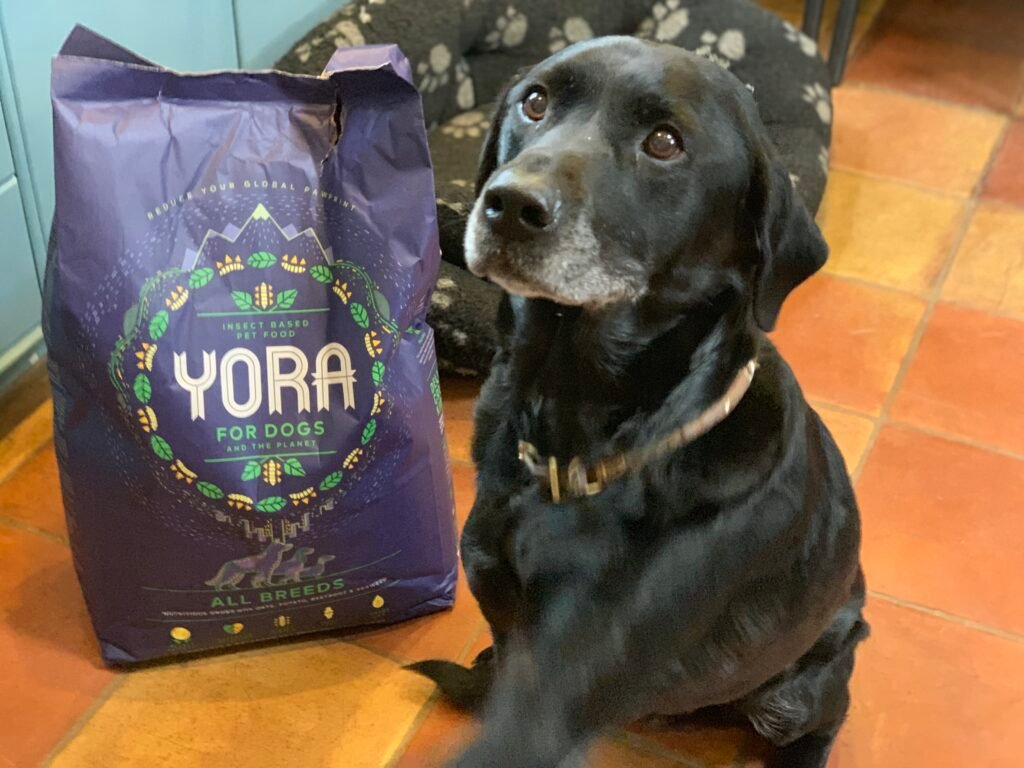I was walking with a friend not long ago when she casually lobbed two dog poo bags into the hedge. My first thought was: Can I just ignore that and keep chatting? But of course I couldn’t.
“Are you going to come back and collect those?” I asked, rather tentatively.
“No,” she said. “They’re biodegradable. So it’s OK.”
Aaargh. I had to explain why not.
Let me be clear: biodegradable and degradable dog poo bags are, frankly, a nonsense. There’s almost no situation in which their eco-claims actually help — and plenty where they make things worse.
Why ‘biodegradable’ is not your friend

Let’s say you chuck one of these bags into the hedge. If it’s oxy-degradable, it’ll take around ten years to break down — and leave behind microplastic fragments in the process. If it’s compostable, it might take a year at best — often much longer — because hedgerow conditions simply aren’t suitable for composting: they’re not hot or moist enough.
You might say, “Ah, but I put my compostable poo bags in my home compost.” I’m afraid that’s not a win either. Most domestic compost heaps don’t get hot enough to kill the pathogens in dog poo — things like roundworm, E. coli, and salmonella. And even if you did manage to compost it safely, you shouldn’t use that compost on anything edible. Flowers only, please.

The bottom line: whatever poo bag you use, it needs to go in your black bin (non-recyclable domestic waste) or an official council dog waste bin. Full stop.
But what about the old ‘stick and flick’?
Now comes my confession. For years, I’ve been a fan of the so-called stick and flick method — picking up dog poo with a leaf or stick and chucking it deep into a hedge. I thought it was the most natural, no-waste solution. But I’ve now learned it’s not quite such a good approach.
Leaving dog poo in an open field is clearly bad — it can make livestock ill or even kill them, especially if parasites like Neospora caninum (which causes miscarriage in cattle) or Toxocara canis are present. But even deep in undergrowth, it’s still harmful. Why?
Because dog poo, unlike fox or badger poo, contains high levels of harmful pathogens. That’s due to diet: dogs eat processed food, which changes the composition of their waste. These pathogens can persist in the environment and affect both wildlife and humans. So while it may seem harmless, it’s not.
Is there anything you can do to make dog poo… better?

Actually, yes — diet matters. We feed our beloved cockapoo Ziggy on Yora insect-based food, made from black soldier fly larvae. It’s highly digestible and extremely low-impact.
- Compared to beef-based pet food, Yora has been shown to reduce carbon emissions by up to 96%.
- Because it’s more digestible, Ziggy’s poos are smaller, less smelly — and potentially less contaminated.
Granted, he still gets the odd non-insect-based treat, so it’s not perfect. But it’s a big step in the right direction.
The best bags I’ve found

We now use ReSEAcled poo bags from Pet Impact. I love them. They’re made from ocean-bound plastic, rescued and repurposed into something useful.
I admire their honesty too — when they first launched, they fell into the same trap as others, producing compostable bags. But they soon realised the flaw, had their “oh sh*t” moment, and stopped selling them. Instead, they gave them away only to places with specialist dog waste composting facilities. Good for them.

Now they’ve got me — and Ziggy — as loyal customers.
And finally… the worst offenders?
Oh yes: the people who pick it up in a bag… and then hang the bag in a tree. Why? What part of that makes sense?
I’ve had to change my dog poo practices — how about you?
Have you already been doing the right thing for years? Or are you, like me, having your own “oh sh*t”moment?
Let me know. I’d genuinely love to hear your thoughts.


